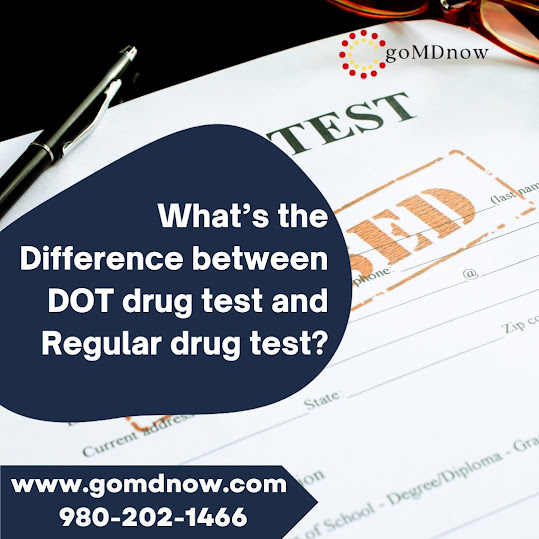How Random Testing Consortium Works?
In order to test its members for drugs and alcohol in accordance with Department of Transportation (DOT) regulations, companies or groups of employers form a consortium known as a drug screening consortium. Employees from the member companies are added to a pool for collective random testing. The selection process is managed and the pool is updated by the consortium administrator (eScreen). A consortium may only be joined by businesses with 50 or fewer covered employees.
In the context of drug testing, a
consortium is typically a pool of random employers. Employees from each
consortium member employer are added to the pool. All pool participants are
drawn at random to participate in the alcohol and drug tests. A consortium random testing pool
is required to include owner-operators who are subject to regulation by any
Department of Transportation (DOT) agency.
Programs for DOT FMCSA Drug Testing:
The maintenance of alcohol and drug testing
programs, including random drug testing, is mandated for many
transport and bus services. It is necessary to implement a consortium
random testing program for owner-operators and smaller businesses.
Owner-operators who are not allowed to manage
random testing themselves have their Department of Transportation (DOT) random
testing programs managed by the consortium.
Random Drug Testing Along with Pre-Employment
Testing Can Help to Create a Safer Workplace:
Pre-employment testing is undoubtedly a useful
evaluation tool, but random, ad hoc drug testing gives employers a useful tool
to keep a lid on drug use and identify workers who passed the pre-employment
test. Pre-employment and random drug testing together produce an even bigger
and more powerful deterrent and a safer workplace than either one alone.
Employment testing serves as the initial
screening, preventing many drug addicts from applying in the first place, and
random testing advances the objectives of a drug-free workplace program by
offering additional incentives for workers to continue abstaining from illicit
drugs. This aids employers in providing a secure working environment for their
employees as well as for the general public.
Employees who are impaired, especially those
in positions where safety is crucial, present risks to both themselves and
those around them. This is because impairment- causing drugs and alcohol can
impair trying to think and reaction time, which can result in workplace
accidents when workers are performing tasks that call for close attention to
details and quick decisions.
Benefits of Random and Pre-Employment Drug
Testing:
Pre-employment testing is a great barrier, but
random testing is even more effective, according to research on deterrence
rates between pre-employment and random testing. It frequently turns out that
the parts are bigger than the whole.
The same is true of drug tests. Pre-employment
and random drug testing together increase workplace safety and serve as an even
more effective deterrent than either one alone.
Conclusion:
One of the best investments a business can
make is random drug testing, especially in light of the rapid rise in drug
abuse and the increasing number of current drug users who are entering the
workforce. With just one positive drug test, the ROI for a drug testing program
is frequently simple to demonstrate, and that investment will immediately
translate into a considerably better-looking bottom line.


.jpg)

Comments
Post a Comment